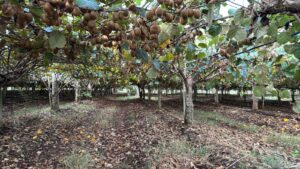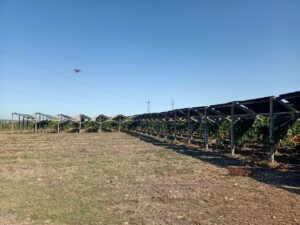Modern agriculture is faced with challenges growing linked to climatic, environmental and biological factors. Extreme weather events, emerging diseases, parasites and weeds are causing huge losses to crops and livestock, exacerbating a context of increased uncertainty. In this scenario, agricultural insurance plays a leading role by safeguarding farmers' income and guaranteeing business continuity. They provide coverage against a wide range of risks, such as adverse atmospheric events, health and phytosanitary problems, damage to property and accidents to personnel. The policies can be customized based on the specific needs of each company.
How agricultural insurance works
To evaluate the insurable risk, the companies carry out a'detailed analysis that considers various factors such as the type of crop or livestock, the pedoclimatic characteristics, the agronomic techniques adopted and the previous history of any accidents. Based on these elements, the premium to be applied to the policy offered. In case of damage, the company must submit a detailed complaint to the company, which will arrange the settlement based on the contractual conditions.

The benefits of precision agriculture
The adoption of innovative tools such as sensors, drones, IoT systems and data analysis software is revolutionizing risk management. Across the continuous monitoring of the status of crops and farms it is in fact possible to promptly identify any anomalies or critical issues. The information collected can be exploited by insurance companies for refine the assessment of insurable risk, optimize claims settlement And promote prevention actions.
Concrete applications of precision agriculture
One of the most widespread applications concerns the phytosanitary monitoring of crops, through theintegrated use of sensors, satellite images, thermal cameras and drones. This allows you to monitor the health of the plants and identify the appearance of diseases or weeds early. Equally relevant is theuse of advanced weather forecasting systems, capable of providing timely alerts on possible adverse weather events such as hail, frost or drought. Where possible, techniques are also adopted precision irrigation to optimize water use and avoid damage from water shortage.
Tools to encourage the spread of agriculture 4.0
For encourage the adoption of new technologies by farmers, insurance companies can offer discounts on insurance premiums for companies that use them. Another useful tool is to provide technical assistance services and personalized consultancy to support the choice and implementation of the best digital solutions, also through the strengthening of strategic partnerships with agritech companies for the joint development of innovative products for risk management.
Challenges, opportunities and role of policy makers
While on the one hand there are critical issues related to initial costs, digital skills and access to data, lThe potential offered in terms of productivity, competitiveness and sustainability is manifold. Government and bodies can support innovation with regulatory measures, financial incentives for investments, training programs for farmers and promotion of research. It will also be fundamental encourage the sharing of information through suitable digital platforms.
The synergy between agricultural insurance and precision agriculture is destined to further strengthen the resilience of the primary sector. The integrated use of these tools will allow farmers to manage business-related risks more effectively, while optimizing costs. The widespread adoption of new technologies also represents an important step towards one increasingly sustainable agricultural production. The active role of all those involved will be crucial to maximizing the benefits of this innovation.










Add comment
You must be logged in to post a comment.